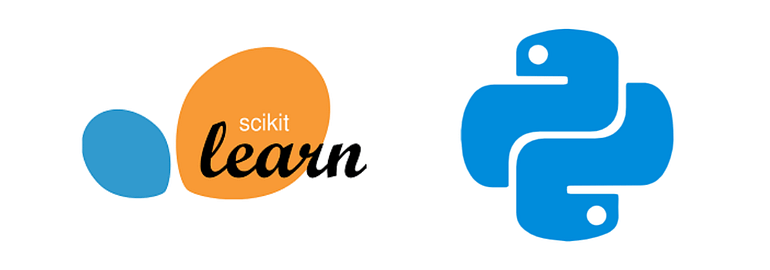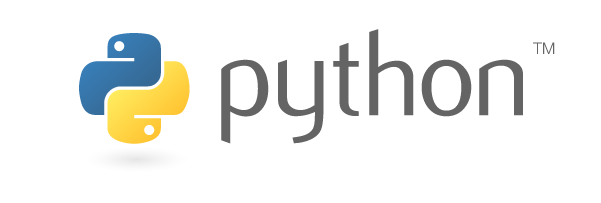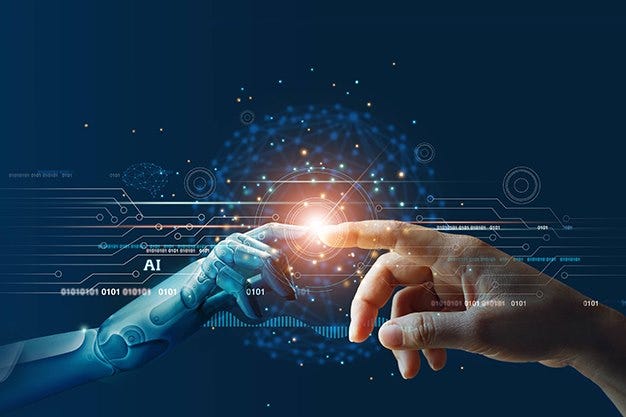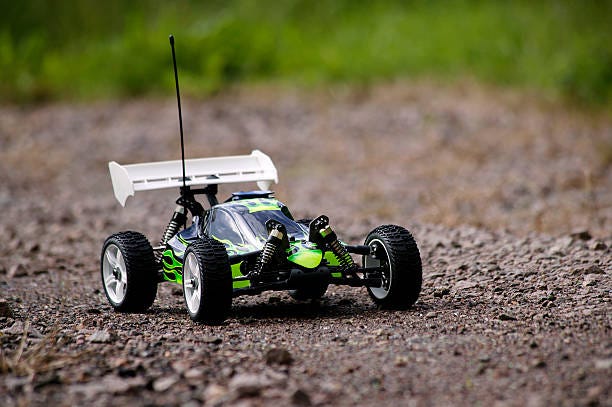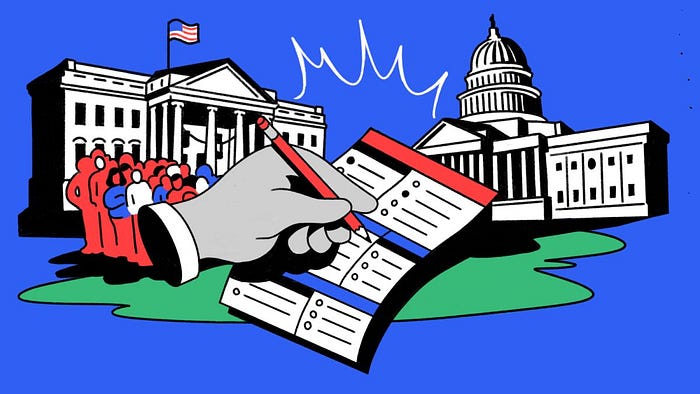Ensemble Methods: Combining Models for Improved Performance in Python
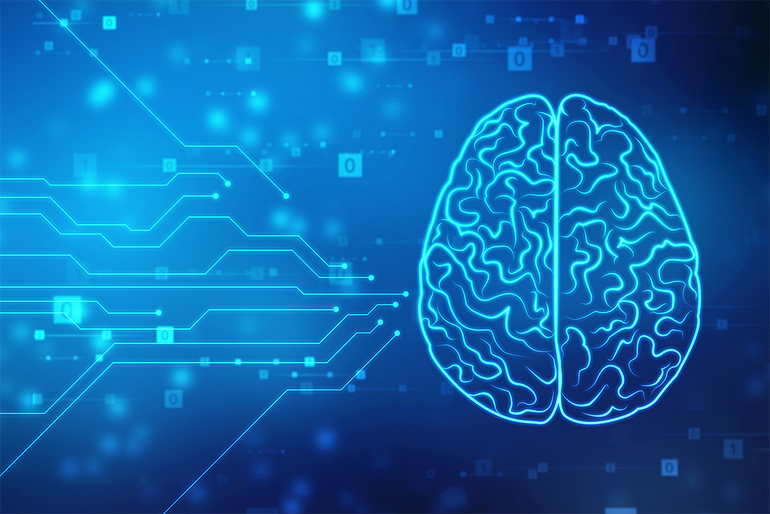
Ensemble Methods are machine learning techniques that combine multiple models to improve the performance of the overall system. Ensemble Methods are useful when a single model may not perform well on all parts of the data, and can help reduce the risk of overfitting. Ensemble Methods can be applied to many machine learning algorithms, including decision trees, neural networks, and support vector machines.
Combining Models for Improved Performance in Python
Python is a popular language for machine learning, and several libraries support Ensemble Methods. In this tutorial, we will use the Scikit-learn library to train multiple models and combine them to improve performance.
Import Libraries
We will start by importing the necessary libraries, including Scikit-learn for training the models, NumPy for numerical computations, and the Ensemble Methods library for combining the models.
import numpy as np
from sklearn.datasets import make_classification
from sklearn.ensemble import RandomForestClassifier, VotingClassifier
from sklearn.model_selection import train_test_split
Generate Data
Next, we will generate some random data for training and testing the models.
# Generate random data for training and testing
X, y = make_classification(n_samples=1000, n_features=10, n_informative=5, n_classes=2, random_state=1)
In this example, we generate 1000 data points with 10 features and 5 informative features for training and testing.
Split Data
Next, we will split the data into a training set and a test set.
# Split data into training set and test set
X_train, X_test, y_train, y_test = train_test_split(X, y, test_size=0.2, random_state=1)
In this example, we split the data into a training set and a test set, with 20% of the data in the test set.
Train Models
Next, we will train multiple models on the training data.
# Train multiple models
modelo1 = RandomForestClassifier()
modelo2 = RandomForestClassifier(max_depth=5)
modelo3 = RandomForestClassifier(max_depth=10)
modelo1.fit(X_train, y_train)
modelo2.fit(X_train, y_train)
modelo3.fit(X_train, y_train)
In this example, we train three different random forest models with different maximum depths.
Combine Models
Next, we will combine the models using a voting classifier.
# Combine models
ensemble = VotingClassifier(estimators=[('modelo1', modelo1), ('modelo2', modelo2), ('modelo3', modelo3)])
ensemble.fit(X_train, y_train)
In this example, we combine the three random forest models using a voting classifier.
Test Model
Finally, we will test the ensemble model on the test data.
# Test ensemble model
score = ensemble.score(X_test, y_test)
print(f"Model accuracy: {score}")
In this example, we test the ensemble model on the test data and print the accuracy.
In this tutorial, we covered the basics of Ensemble Methods and how to use them in Python to combine multiple models to improve performance. Ensemble Methods are useful when a single model may not perform well on all parts of the data, and can help reduce the risk of overfitting.
I hope you found this tutorial useful in understanding Ensemble Methods in Python. Please check out my book: A.I. & Machine Learning — When you don’t know sh#t: A Beginner’s Guide to Understanding Artificial Intelligence and Machine Learning (https://a.co/d/d96xKzL)
Lyron Foster is a Hawai’i based African American Author, Musician, Actor, Blogger, Philanthropist and Multinational Serial Tech Entrepreneur.


